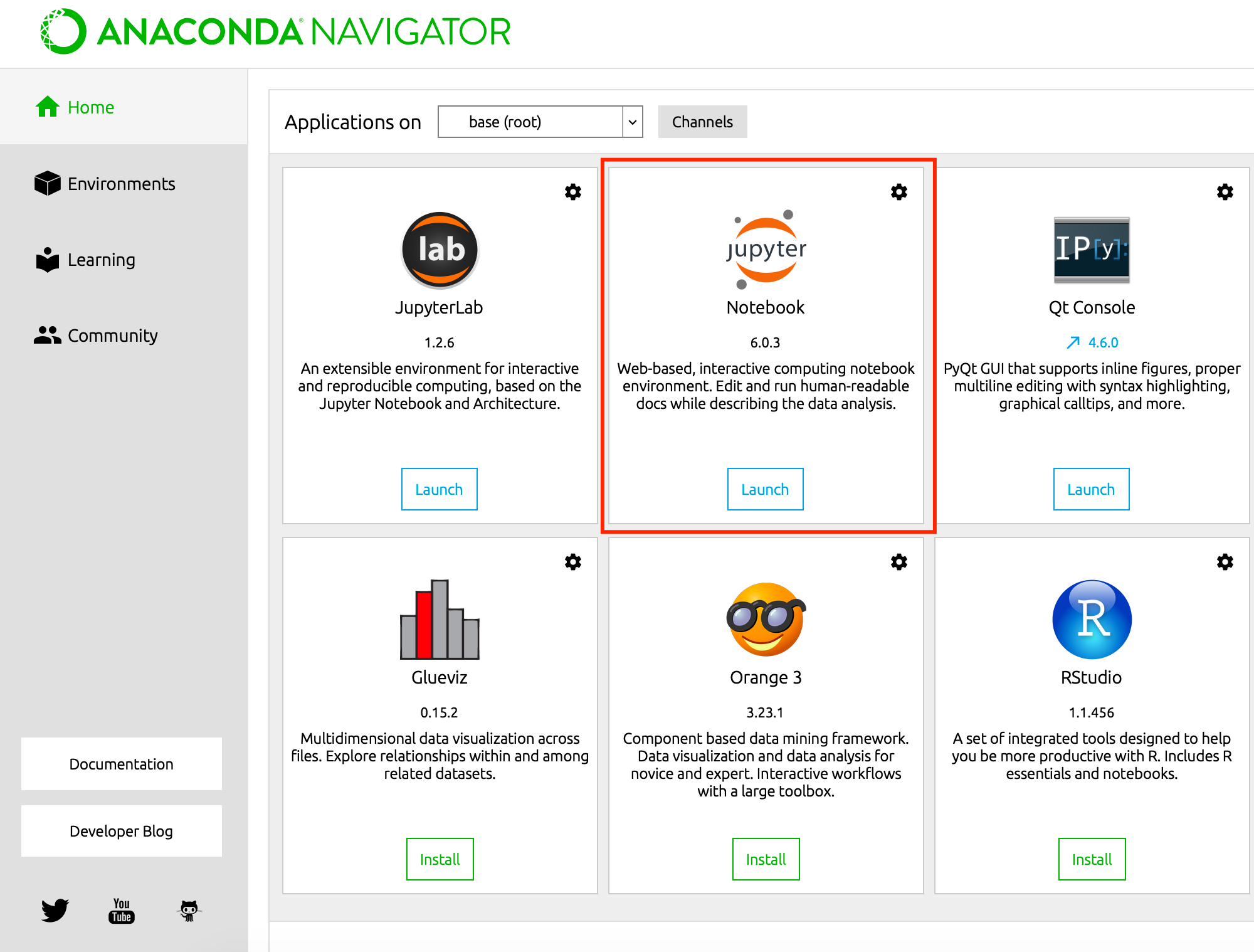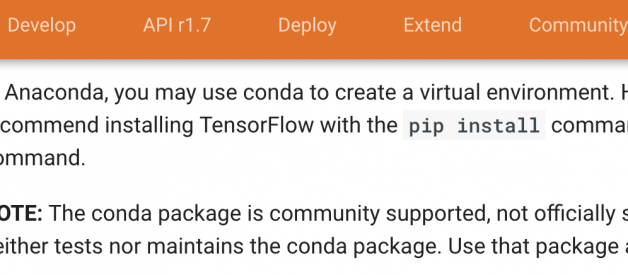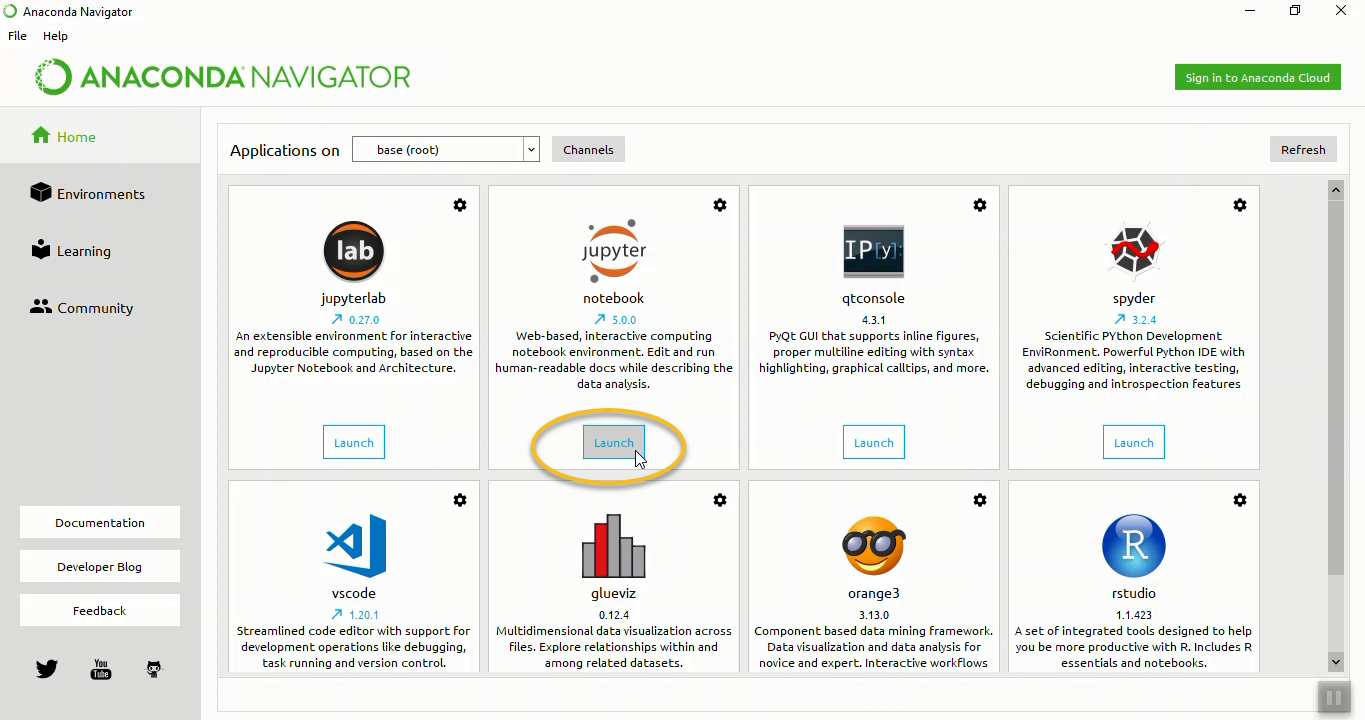


#Anaconda3 inotebook install#
Installing Jupyter Notebook (default) conda install -c conda-forge notebook conda install -c conda-forge nb_conda_kernels Installing Jupyter Lab conda install -c conda-forge jupyterlab conda install -c conda-forge nb_conda_kernels Installing Jupyter Notebook extensions Our plan is to only install it in the base environment, and then just switch between sub-environments to avoid setting up Jupyter Lab in each environment. Jupyter Notebook can easily be installed using conda. Install Jupyter Notebook / Lab in the base environment The base environment is activated by default. Switching between environments works as simply as typing conda activate and if done with it deactivating it (and going back to the base environment) with conda deactivate. It should currently just show the “base” environment installed. To list the currently installed environments just type conda env list If conda is installed correctly (might need a logout and login, or restart), you should be able to see the output when typing condainto your terminal.

Checking and switching the conda environments Anaconda3*.sh # execute the installerįollow the dialogue, and just agree on the defaults. cd ~/Downloads LATEST_ANACONDA=$(wget -O - 2>/dev/null | sed -ne (x86) wget $LATEST_ANACONDA chmod +x Anaconda3*.sh # make it executable. The first link crawls the website for the newest version and writes it to the LATEST_ANACONDA variable. To install Anaconda or Miniconda head over to their website ( ), or if you are using Linux just copy the following commands. working on a server, where disk space is limited. Miniconda is a barebones version of Anaconda and can be nice if you are e.g. Furthermore switching between Tensorflow 2.0 and Tensorflow 1.15 becomes easy as well, finally allowing you to switch between versions easily (which can be quite a headache otherwise).

if a program only runs with Python 2.7 or older versions of Matplotlib, you can create an own workspace for this program and switch back to Python 3 with a click of a button. Additionally, it allows creating environments in python, which contain different versions of your Python packages.


 0 kommentar(er)
0 kommentar(er)
